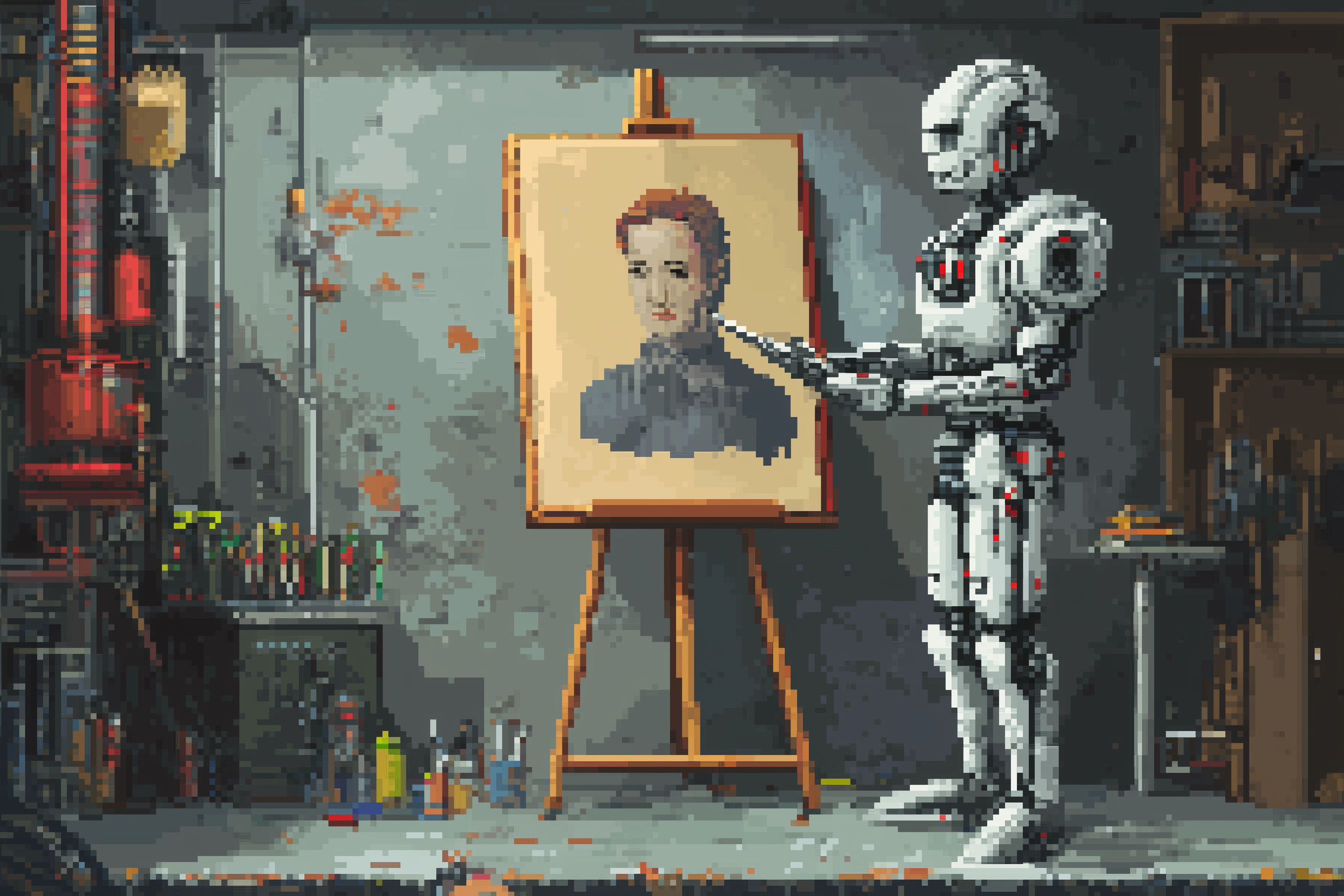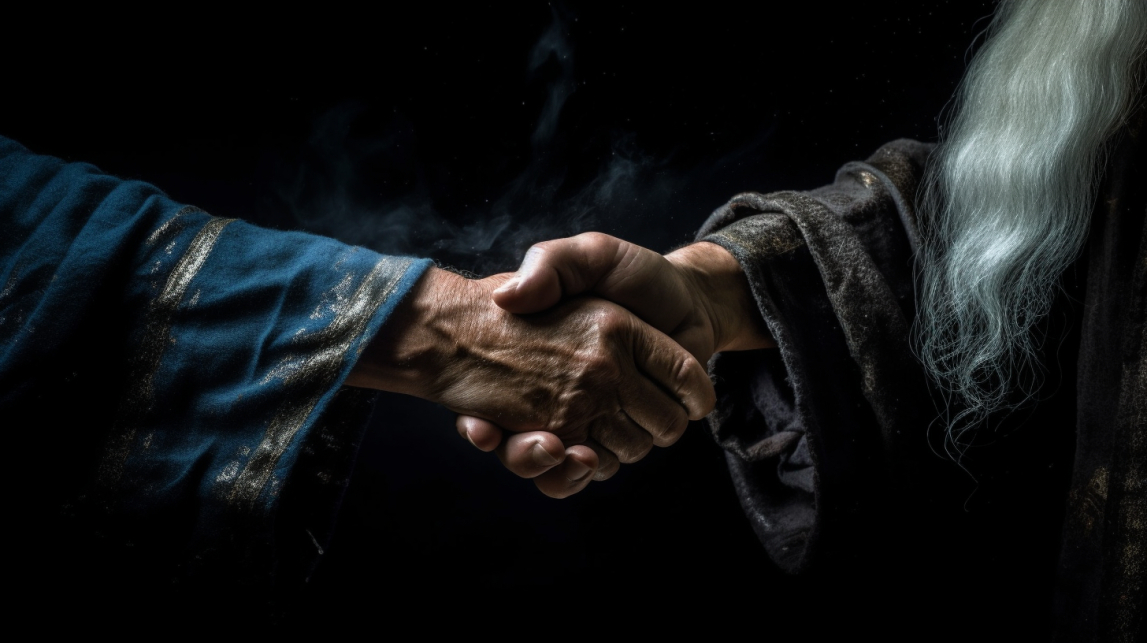Summary
- It’s difficult to detect AI art, as many people struggle to differentiate between AI-generated and human-made images.
- Human artists can make similar mistakes as AI, leading to misconceptions about identifying AI-generated images.
- AI image generation is rapidly improving, necessitating familiarity with what’s possible to accurately distinguish AI from human art.
AI art has generated more than images. It’s also provoked a major reaction among artists and art lovers alike, who are (to put it mildly) rather negative towards technology. Unfortunately, in their quest to root out AI art wherever it may be, some very human artists are being caught in the backlash.
You Can’t Detect AI Art, Even if You Think You Can
I’ve seen people confidently say they can tell whether something is AI-generated or not. However, even in this informal blind test people had a hard time picking out which images were AI and which were made by a human. Art experts might have an easier time picking out issues, but most people probably don’t have the discrimination ability between the two image types to reliably tell them apart without being primed somehow.
Human Artists Can Make the Same Sort of Mistakes as AI
I think one of the big reasons people think they can tell whether an image is AI-generated is thanks to some stereotypical errors associated with AI. Think of hands with the wrong number of fingers, or objects that melt into each other. The thing is, some human artists make the same sorts of mistakes people associate with AI generation, and at the same time, the current state of AI images are less prone to these errors, and they can be fixed in seconds.
So, the mere presence of some jankiness in an image does not mean it’s AI-generated.
AI Image Generation Is Reaching Perfection Quickly
The rate at which these models have improved over the last two to three years is phenomenal. From crude and nightmarish mashups, to practically flawless results with a minimal amount of post-production work.
It’s a good idea to familiarize yourself with what the best AI-generated images look like, so that you can understand what’s currently possible with the technology. This should make it clear that it simply isn’t possible to glance at an image and know whether a human drew it or not. There’s no intuition or “gut feeling” you can rely on to identify these pictures conclusively.
Likewise, any software that promises to tell you how likely an image is to be AI-generated should be treated with skepticism. Especially since you can feed images that you know are not AI-generated into these “detectors” and have no trouble seeing multiple false positives.
When people think of generative AI, they tend to think of making images whole-cloth, but the truth is that generative AI and technologies that are related to it have become part of the software and workflow professional artists use as well. An artist may generate concepts or compositions for inspiration, or use generative fill tools to touch up or alter parts of their work. “AI” isn’t any particular one thing in the visual arts, and in the broader scheme its just another digital tool in the arsenal of digital artists.
“Bad” Drawings Are Not Automatically AI
Every human artist has their own unique blend of strengths, weaknesses, quirks, and unique viewpoints. This means that if you see an image and think it’s “AI” because every detail isn’t perfect or “correct”, you’re ignoring the variety and breadth of human art. There’s a big difference between simply not liking a piece of art and assuming that, because it doesn’t match your taste or technical standards, it must have been generated by software in its entirety.
The biggest issue here is that falsely accusing someone of using generative AI when they have not said so, can have serious repercussions. You can destroy the reputation of upcoming artists, or at the very least dissuade them from sticking with their craft. AI art generation software has no feelings to hurt, and it has no reputation to destroy. Human artists have that and more, so tread lightly.






